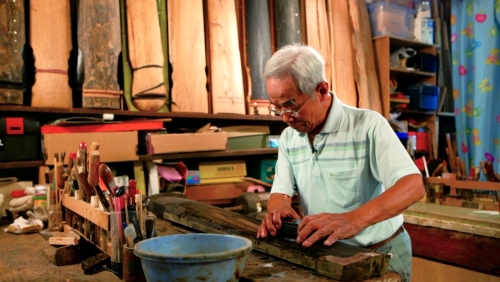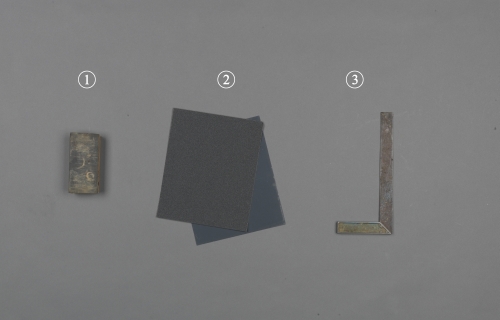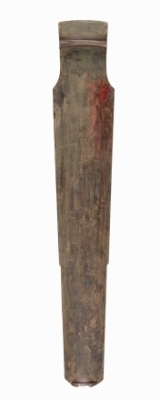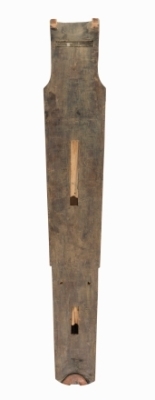-
History & Society
- Education in Pre-war Hong Kong
- History of Taikoo Sugar Refinery
- Hong Kong Products Exhibition
- Local Festivals Around the Year
- Post-war Industries
- Pre-war Industry
- The Hong Kong Jockey Club Archives
- Tin Hau Festival
- Memories We Share: Hong Kong in the 1960s and 1970s
- History in Miniature: The 150th Anniversary of Stamp Issuance in Hong Kong
- A Partnership with the People: KAAA and Post-war Agricultural Hong Kong
- The Oral Legacies (I) - Intangible Cultural Heritage of Hong Kong
- Hong Kong Currency
- Hong Kong, Benevolent City: Tung Wah and the Growth of Chinese Communities
- The Oral Legacies Series II: the Representative List of the Intangible Cultural Heritage of Hong Kong
- Braving the Storm: Hong Kong under Japanese Occupation
- A Century of Fashion: Hong Kong Cheongsam Story
Geography & EnvironmentArt & Culture- Calendar Posters of Kwan Wai-nung
- Festival of Hong Kong
- Ho Sau: Poetic Photography of Daily Life
- Hong Kong Cemetery
- Sketches by Kong Kai-ming
- The Culture of Bamboo Scaffolding
- The Legend of Silk and Wood: A Hong Kong Qin Story
- Journeys of Leung Ping Kwan
- From Soya Bean Milk To Pu'er Tea
- Applauding Hong Kong Pop Legend: Roman Tam
- 他 FASHION 傳奇 EDDIE LAU 她 IMAGE 百變 劉培基
- A Eulogy of Hong Kong Landscape in Painting: The Art of Huang Bore
- Imprint of the Heart: Artistic Journey of Huang Xinbo
- Porcelain and Painting
- A Voice for the Ages, a Master of his Art – A Tribute to Lam Kar Sing
- Memories of Renowned Lyricist: Richard Lam Chun Keung's Manuscripts
- Seal Carving in Lingnan
- Literary Giant - Jin Yong and Louis Cha
-
History & SocietyGeography & EnvironmentArt & Culture
-
View Oral History RecordsFeatured StoriesAbout Hong Kong Voices
-
Hong Kong MemoryThe Legend of Silk and Wood: A Hong Kong Qin StoryRecently Visited
Sanding
-
Step 7: Sanding
The sanding is to be completed with abrasive paper of different grit sizes, chosen according to the class number of the antler powder applied. Both dry and wet sanding have to be performed. For the coarse and thin bottom layer of base cement, use rough abrasive paper or coarse stones for sanding. The successive medium-fine cement layers are to be sanded with wet abrasive paper of a comparable fineness. The upper most fine base cement layer should be sanded with a finer waterproof abrasive paper. The process is to be completed until the top board of the qin is evenly flattened and smoothened.
-
Step 7: Sanding
Tools
- Wood block for sanding – to be wrapped with abrasive paper for use in sanding base cement
- Waterproof abrasive paper – a low-grit abrasive paper is used for sanding the bottom layer of base cement; a high-grit abrasive paper is used for sanding the top layer of fine base cement.
- Ruler – to regularly inspect whether the base cement layer has been sanded into a smooth and flat state
-
Step 7: Sanding
A qin body with an already gently sanded base cement
Maker: Chuen-wai, Choi Chang-sau’s daughter (apprenticeship began in 2012)
Maker’s note: This is a semi-finished qin jointly made by my father and me. It was the first time I experienced the joy of qin making. I was very impressed with the depth of knowledge and skills involved in the making of the seemingly simple qin. This is how I have come to understand my father’s lifelong passion for the art of qin making.
Copyright © 2012 Hong Kong Memory. All rights reserved. -









